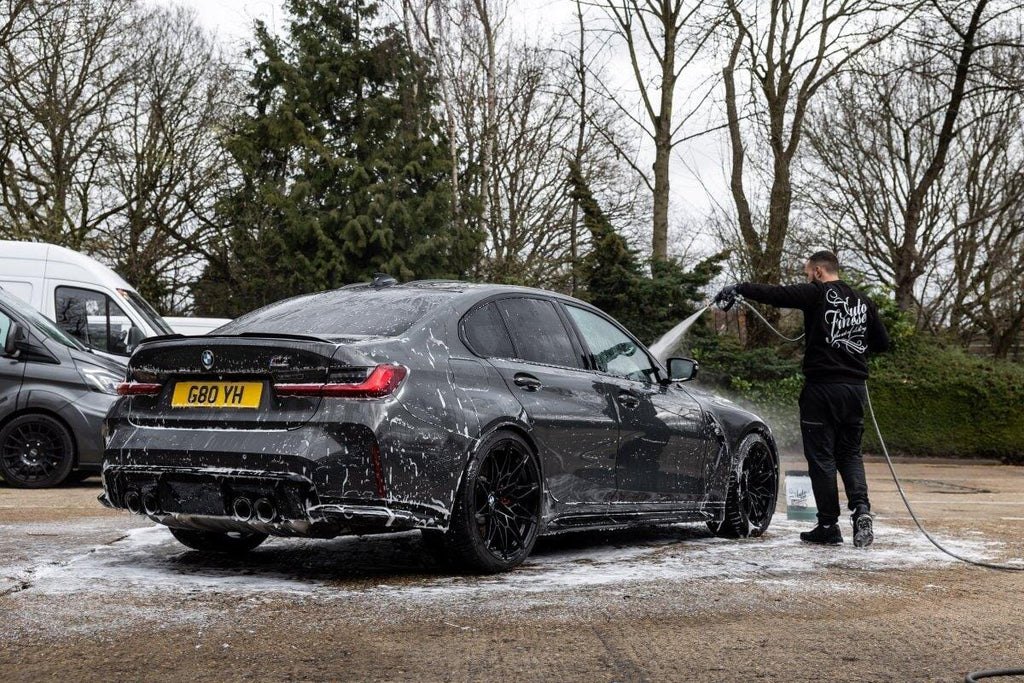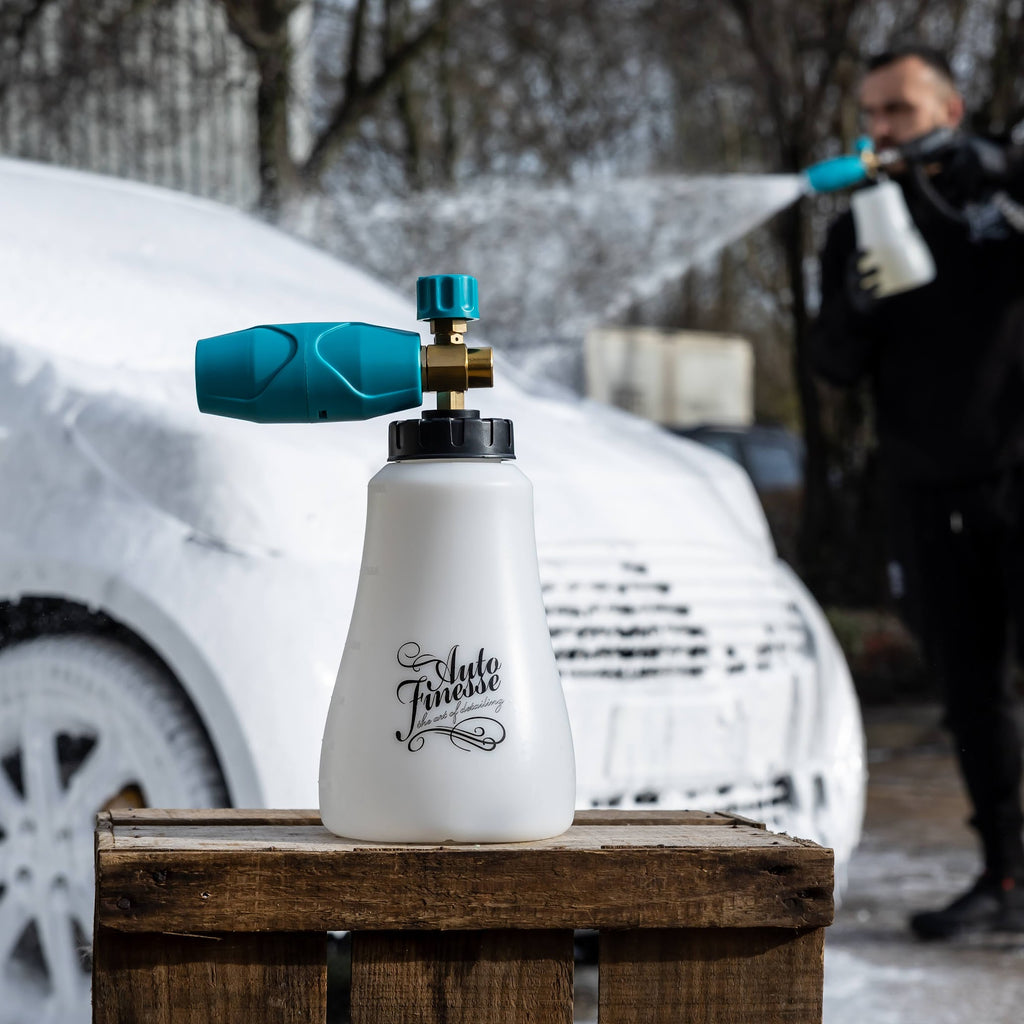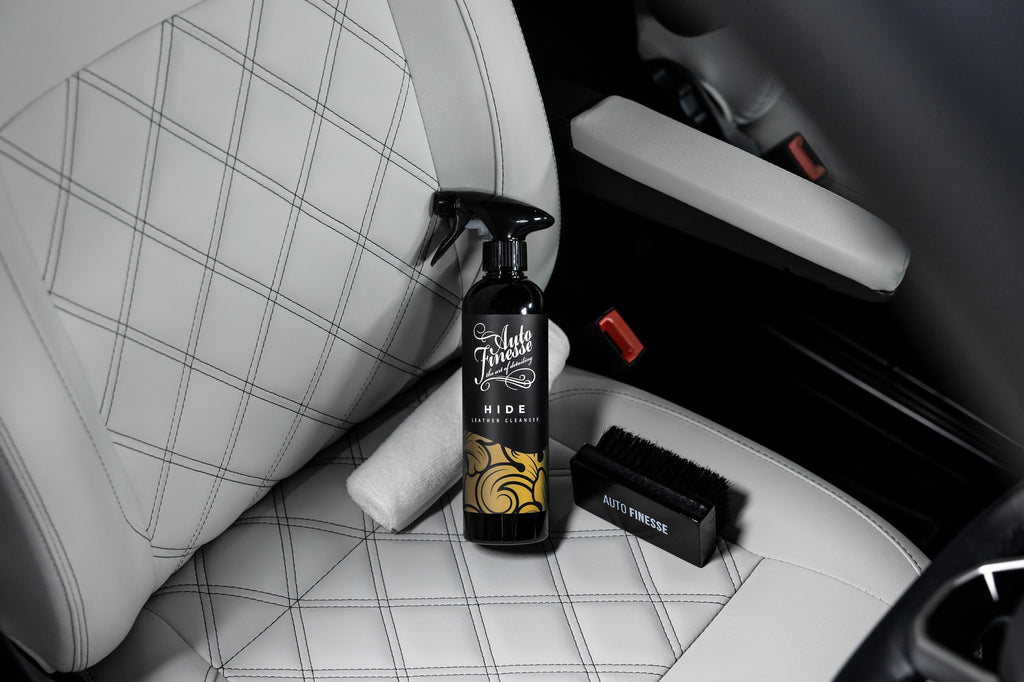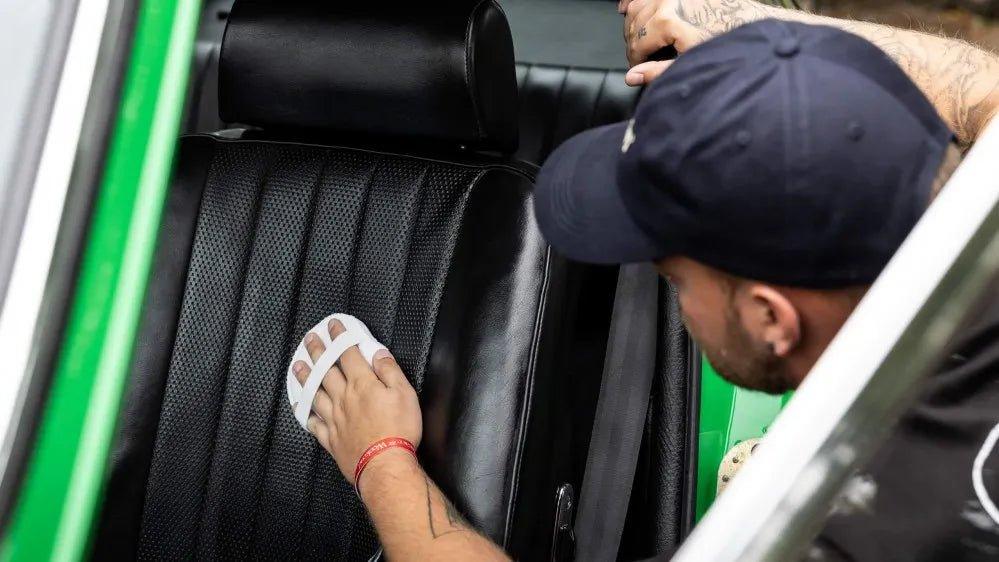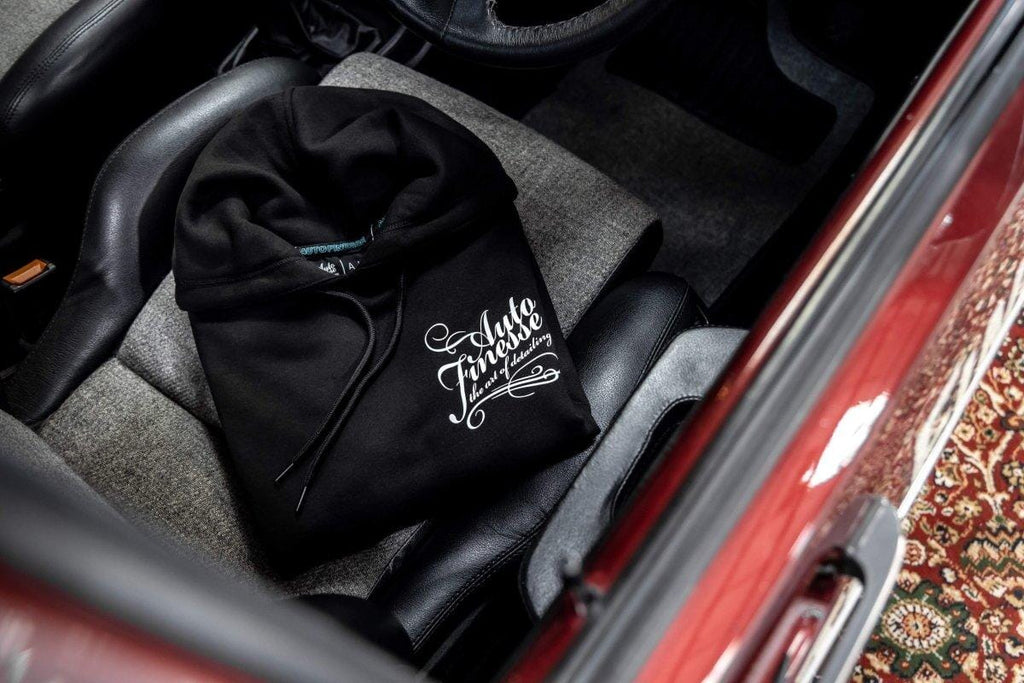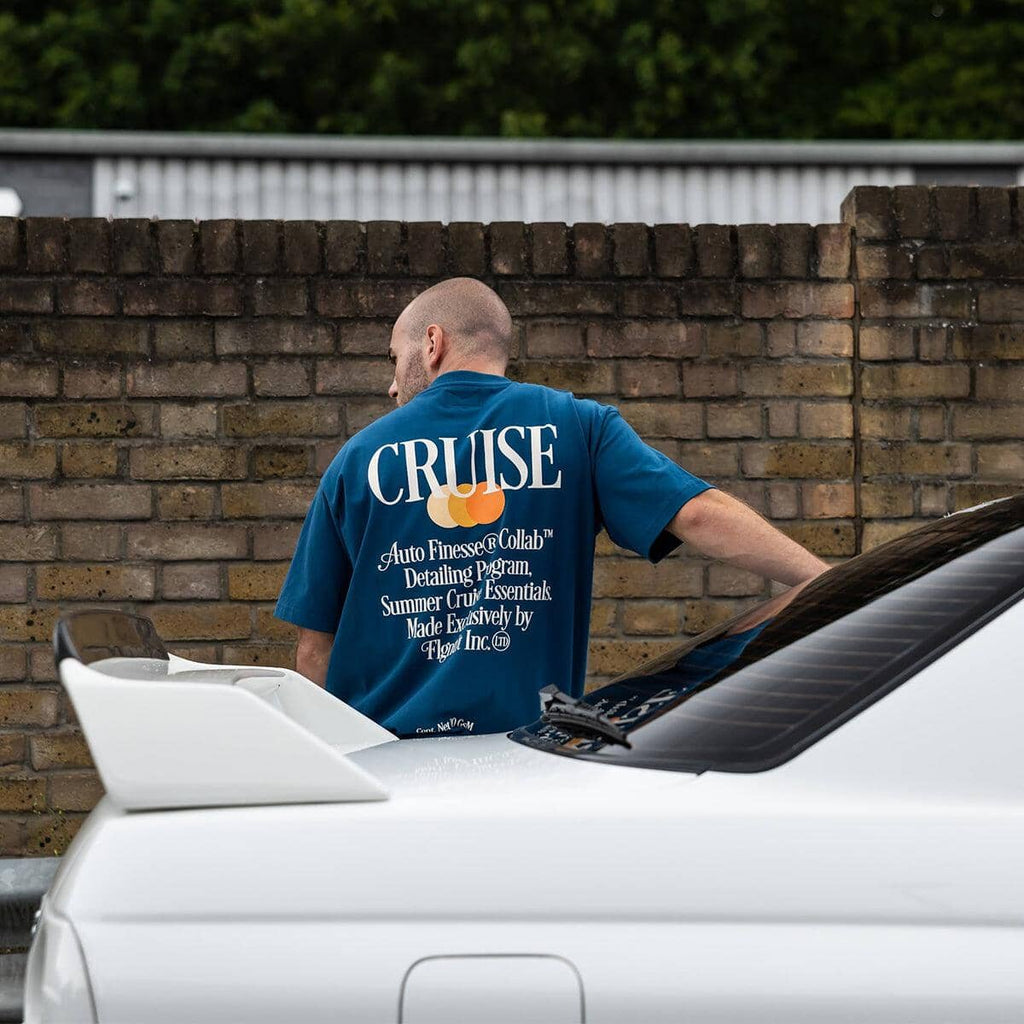Wheel Cleaners: Explained
Why So Many Wheel Cleaners?
The Auto Finesse wheel cleaner range explained.
As we all know, wheels have the power to make or break a car. That's not limited to design, either. The condition of them can drastically change the effect you're looking for. Not only that, if you've not looked after them, they won't be worth as much when you come to sell!
So, Where Do You Start?
Firstly, you need to assess just how dirty your wheels are. This will depend on things like when you last washed your car, what you use your car for and what time of the year you're washing it. When cleaning wheels, they should have their own dedicated team of tools including a Wash Bucket, Wash Mitt, our Hog Hair Detailing Brush (two should suffice), along with microfibre drying towels. Car detailing brushes are great for wheels, especially the more intricate ones. They help to reach areas such as the backs of spokes and behind brake calipers. They make for an easier job of agitating the dirt from the wheel, while being gentle to its finish.



Now To Choose A Wheel Cleaner
There are many wheel cleaners on the market - we have three of our own. But how do you know which to choose?
Well, it'll depend on a couple of things. Firstly, the level of dirt accumulated on the wheels, and secondly, what finish your wheels are. For light to medium dirt, our Imperial wheel cleaner (which is acid-free) is sufficient enough for everyday use and it should rid the wheels of brake dust, without the need for scrubbing. If your wheels are particularly dirty, Auto Finesse Iron Out fallout remover is the one. Be careful of leaving it on too long, though, as this is strong stuff! Not strong enough to do lasting damage if used correctly, but it is left at your own risk! For shiny wheels, such as chrome or diamond cut, use our Revolution wheel shampoo product. It's gentle enough on such delicate wheel finishes while being strong enough to make easy work of that caked-on grime. Take care when choosing any wheel cleaner some are strong and acid-based and can cause damage if not used correctly or used on the wrong type of wheel finish.



When choosing a wheel cleaner, you have to assess the level of dirt to your wheels, you'll also need to take into consideration the finish of your wheels. Let's take a quick look at some of the different finishes found on wheels:
Paint and lacquered wheels should be washed regularly with a good-quality (ideally with ferrous contamination removal ability). They can be washed much like the rest of the vehicle, but you should swerve any high-pH washes. If you used a too-chemically based wash, over time you'll find the lacquer will start to peel. Again, much like paintwork, paint and lacquered wheels should be protected in a similar way. Following a good wash, protect wheels using a good wheel wax or sealant. Before sealing, ensure that the surface of the wheel is smooth. If it doesn't feel smooth to the touch, it still contains contaminants. Use a clay bar to collect any remaining, embedded contaminants, then seal. This will help the sealant or wax to properly bond to the wheel's surface. Powder coated wheels can also be washed in this way. The finish is applied using a dry powder that's cured with heat, but despite being tougher than paint they're lacquered in the same way.



Diamond cut wheels are just full on complicated. First they're painted in the colour you want, then cured with heat (much like paintwork), then they're machined using a CNC lathe to create the diamond cut shape. They're then finished using an acrylic lacquer. If the lacquer becomes damaged, the whole layer needs to be removed and re-machined. There's only so many times you can do this, as each time they're done more of the wheel is removed. So, basically, it's best to keep them in good nick. They should be cleaned with a mild shampoo. Do not use acid or alkaline-based wheel cleaners - this will help to avoid any discolouration of the wheel. Diamond cut wheels also generally have pretty harsh edges so it's best to use an air blower (if you have one), rather than cloths. Once clean, a good wheel wax or polymer sealant should be used to protect the wheel.
Split rims are made up of a number of parts, usually two or three that are bolted together. They're usually lacquered, but depending on each part, they may all be finished differently. You'll know they're splits generally if they're covered in bolts, either to the face or to the rear of the wheel. Follow the same process as with diamond cut rims. Do not use ceramic sealants. Protect the wheels using a high-quality wheel wax, such as Auto Finesse Mint Rims.
Anodised wheels are a little more complicated. An electrochemical reaction is created, oxidising the surface of a wheel to create thickness and protection. The finish isn't an add on, it's created using the actual wheel. Anodised wheels are generally very hard wearing and corrosion resistant, however, they'll still require a wash. They just won't need to go through the same waxing and sealing as the finishes above.
Chrome wheels (and also wire wheels) have a high-shine finish, so are more difficult to look after. It is important not to use any alkaline-based washes, because they'll stain the metal. Yes, the staining can be removed with further polishing, but prevention is better than cure and all that. Just use a mild shampoo to wash them and make sure to wash them regularly and air-blow dry. To avoid water spots, it's also handy to use a de-ionising water filter.
Anyway, now that you've gone to so much effort cleaning your wheels, don't forget the tyres!

AF TOP BIG TIP:
Don't forget your tyres! Once you've washed your wheels, spray Imperial onto the tyre and use a dedicated wheel brush to agitate the dirt from it. This will not only release dirt; it'll clear the rubber of any old tyre dressing applied previously. Once the tyre is dry and the wheel has been washed and finished, use Auto Finesse Satin tyre dressing gel to dress it. You can layer the gel up to your desired effect - the more layered, the more shine.
If you have any specific detailing queries you'd like us to cover, drop us an email to info@autofinesse.co.uk.
With the exception of specialist tasks such as engine bay cleaning, washing your wheels and tyres should be the first stage of every detail. This task is performed before any other...
